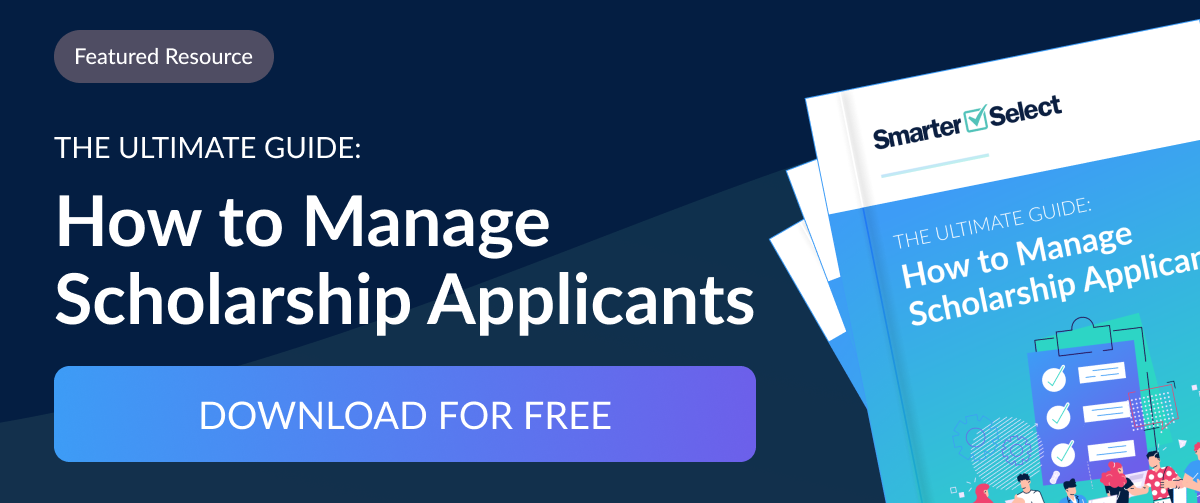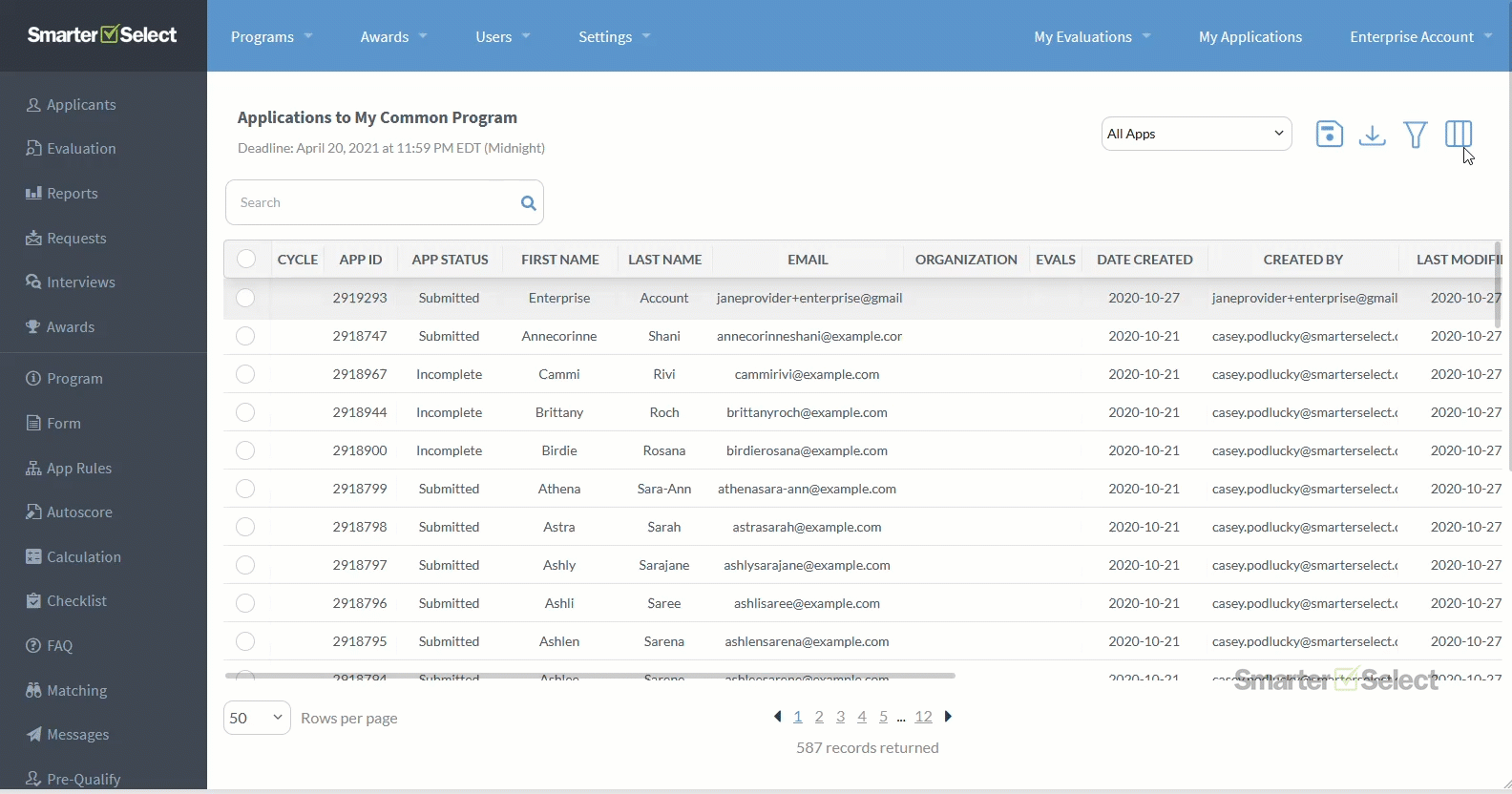6 Emails You Should Be Sending To Your Scholarship Applicants
When applicants begin to apply for your scholarship, communication is one of the most important things you can focus on to ensure that they stay informed about the processes involved in receiving your scholarship.
Excellent communication also lets scholarship applicants know that their application is being attended to, which can help applicants feel more confident about the scholarship.
Just like customer service contacts clients through omnichannel contact centers, scholarship programs contact the applicants through emails.
Because it is essential to communicate with scholarship applicants throughout the application process at various times, here are six emails you should be sending to your scholarship applicants:
1. Welcome To The Program Email
The first email you should be sending to your scholarship applicants is a welcome email. This will introduce them to the scholarship and all of its particulars.
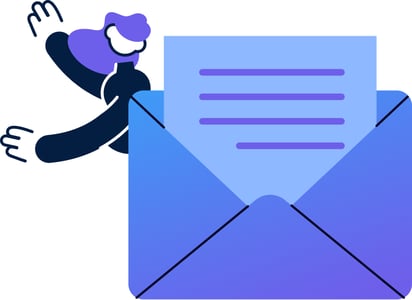
In it, you can include details about elements such as:
- Who has the final decision in selecting recipients
- When applicants will hear back about their status
- How many recipients there are (or anticipated to be i.e. do you have a cap on the number of candidates?)
- What, if anything, they need to do to stay in the running for your scholarship
- Any other information applicants might need to know about your scholarship
This email can also serve as an Application Created email for new applicants.
Your “Welcome to the Program” email should be straightforward to communicate all of this information. If some of the specifics are still being ironed out, you can also mention that some details are still pending while you finalize them.
Here's a rough example of a welcome email and some possible points to include:
Dear _____,
Thank you so much for applying to our ________ scholarship program! To introduce you to the particulars of our scholarship program, I have created this quick email that contains some helpful information about _________, _______, and scholarships in general. Please feel free to contact me with any questions you may have.
1.) Eligibility Requirements: Our scholarship requires that applicants be ___________, living in the state of ______ and enrolled as a full-time student at an accredited college or university. Applicants must also maintain a minimum GPA of _____. Applicants cannot be receiving funding from another source (i.e., grant).
2.) Award Amounts: Our scholarship awards up to $_______ per semester, with a lifetime maximum award amount of $ ________. If the first semester's application pool is particularly strong, we may provide more than the initial $ ______. The exact amount for each applicant will be determined at the end of the scholarship application period on _________.
3.) Timeline: Our application period for this semester is from _________ to _______. Applicants will be notified of the status of their application by ___________________. If you are selected as a recipient, you will need to fill out an entrance interview form within two weeks of receiving your notification email.
4) Other Details: Please note that we do not provide payment directly to the student. Instead, we send a check to your college or university, and they will put it towards your tuition costs. We also ask that scholarship recipients write one essay for each semester (3 total) they receive funding from us. This essay does not need to be written in a specific format and should be around 500 words.
Thank you again for applying to our scholarship program!
Sincerely,
(Founder & Executive Director)
2. Deadline Reminder Email
A deadline reminder email is also important to send to scholarship applicants. Even if they've already submitted everything, it's still valuable to remind the applicant that the deadline is approaching.
Reminding applicants can also encourage those who may have forgotten about applying to your scholarship or ran into a setback and need a little nudge.
Here’s an example of a “Deadline Reminder” for submission email:
Dear _____,
Thank you for your interest in applying to our _________ scholarship program! We've received many wonderful applicants this semester, and we cannot wait to review their applications.
Please note that our application period for this scholarship is from _________ to _______.
If you have already sent your application, we look forward to reviewing it. If not, you have just a little more time to get all of your materials in on time. Don’t miss out on this opportunity!
We know that you put a lot of work into your application, and we look forward to the review process! Please let us know if you have any questions or concerns.
Sincerely,
(Founder & Executive Director)
3. Application Receipt Confirmation Email
The application confirmation email lets applicants know that their application has been received. In this email to thank them for applying, include a note that you will be in touch as soon as possible.
You don't want to leave the applicant hanging without any information or support, so let them know how much you appreciate their application and depend on them to stay involved with your organization.
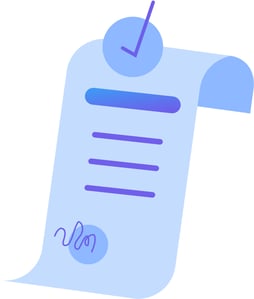
While this correspondence is critical, it's important not to make it too wordy. That said, here’s a rough example of what to say in your “thank you for applying email”:
Dear _____,
Thank you for applying to our ________ scholarship! Your application was received on ______, and we look forward to reviewing your submission soon.
If you have any questions or concerns, please feel free to contact us at _________.
Sincerely,
(Founder & Executive Director)
4. Status Update Email
A status update email is precisely what it sounds like - an email that provides applicants with information on their scholarship application's status. The status of an applicant's application may change throughout the review process, so it's integral to keep them in the loop.
You can inform applicants whether their application has been selected for review or not, tell them who will be reviewing it and when they can expect a response. This email is also an excellent opportunity to let them know if there is still more work to complete regarding the application.
An updates email might look something like this:
Dear _____,
Thank you for applying to our 2023/24 scholarship program! We have received many impressive applicants this year, and we are excited to review all of your submissions.
The Review Board will be reviewing the applications starting on _________, so please expect a response by _________. We will inform you whether your application has been selected for review or not during that time.
If you have any questions, concerns, or need any support, please feel free to contact us at _________.
Sincerely,
(Founder & Executive Director)
5. Disqualification or Rejection Email
In the unfortunate situation that a candidate’s scholarship application has been disqualified or rejected, it is crucial to notify them promptly. It can be frustrating and discouraging for applicants to discover their disqualification.
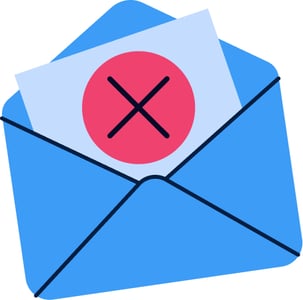
The email should include a brief explanation of why their application was disqualified or rejected, what they can learn from this experience, and an invitation to re-apply the following year.
Here’s an example of a “Disqualification/Rejection” email:
Dear _____,
Thank you for applying to our _________ scholarship program! We have received hundreds of incredible applicants this year. Unfortunately, your application was disqualified/rejected from being selected for review.
[Provide a brief explanation as to why]
We appreciate all of the hard work put into your submission, and we encourage you to reapply next year! We wish you all the best in your future academic endeavors.
If you have any questions or concerns, please feel free to contact us at _________.
Sincerely,
(Founder & Executive Director)
6. Next Steps Email
A “next steps email” informs candidates as to what they must or can do next. For example, if their application has been selected for review, but there are still requirements for this stage of the process, let them know to complete those tasks to move on to the next round.
Here’s an example of a “Next Steps” email:
Dear _____,
Thank you for applying to our 2023/24 scholarship program! We have received many impressive applications, and we are excited to review your submission.
After reviewing the applications chosen for the next round, you have been selected as one of our finalists! To move on to the final stage of the process, please complete the following tasks by _________.
- Provide proof of enrollment in college or university _____.
- Complete our Scholarship Application Form found here _________ (a link is provided).
- Submit your most recent school transcripts and resume through Google Drive, Dropbox, or WeTransfer.
Please submit these items by _________ so we can complete the final round of the application process in time. If you have any questions, please feel free to contact us at _________.
Sincerely,
(Founder & Executive Director)
Final Thoughts
Staying in contact with scholarship candidates with application emails is essential in maintaining a positive relationship with your organization and its supporters. You can send these emails to applicants at specific time intervals, such as:
- When they apply
- When their application has been selected for review
- If their application has been disqualified or rejected
- Informing them of the next steps in the application process
It’s also a good idea to include links to important information, your frequently asked questions, and any other details you think your candidates might be looking for. By sending these application emails, you provide candidates with everything they need to stay up to date and informed about your scholarship.
Additionally, it keeps them engaged with your organization long after their initial application has ended. These emails help ensure those scholarship applicants receive all of the information they need to continue participating in your application process.
SmarterSelect can help you automate your application process with personalized emails like these. Learn more about what SmarterSelect can do for you. Start a free trial today!
FAQ's
1. What should be the contents of a welcome to the program email?
In the welcome to the program email, you can include details about elements such as:
- Who has the final decision in selecting recipients
- When applicants will hear back about their status
- How many recipients are there? (or anticipated to be i.e. do you have a cap on the number of candidates?)
- What, if anything, they need to do to stay in the running for your scholarship
- Any other information applicants might need to know about your scholarship.
2. Why is a deadline reminder email important?
Even if the applicants already submitted everything, it's still important to remind the applicant that the deadline is approaching.
It will also encourage those who may have forgotten about applying to your scholarship or ran into a setback and need a little follow up
3. What should I include in a disqualification or rejection email?
If a candidate’s scholarship application has been disqualified or rejected, it is crucial to notify them promptly. Include a brief explanation of why their application was disqualified or rejected, what they can learn from this experience, and an invitation to re-apply the following year.
